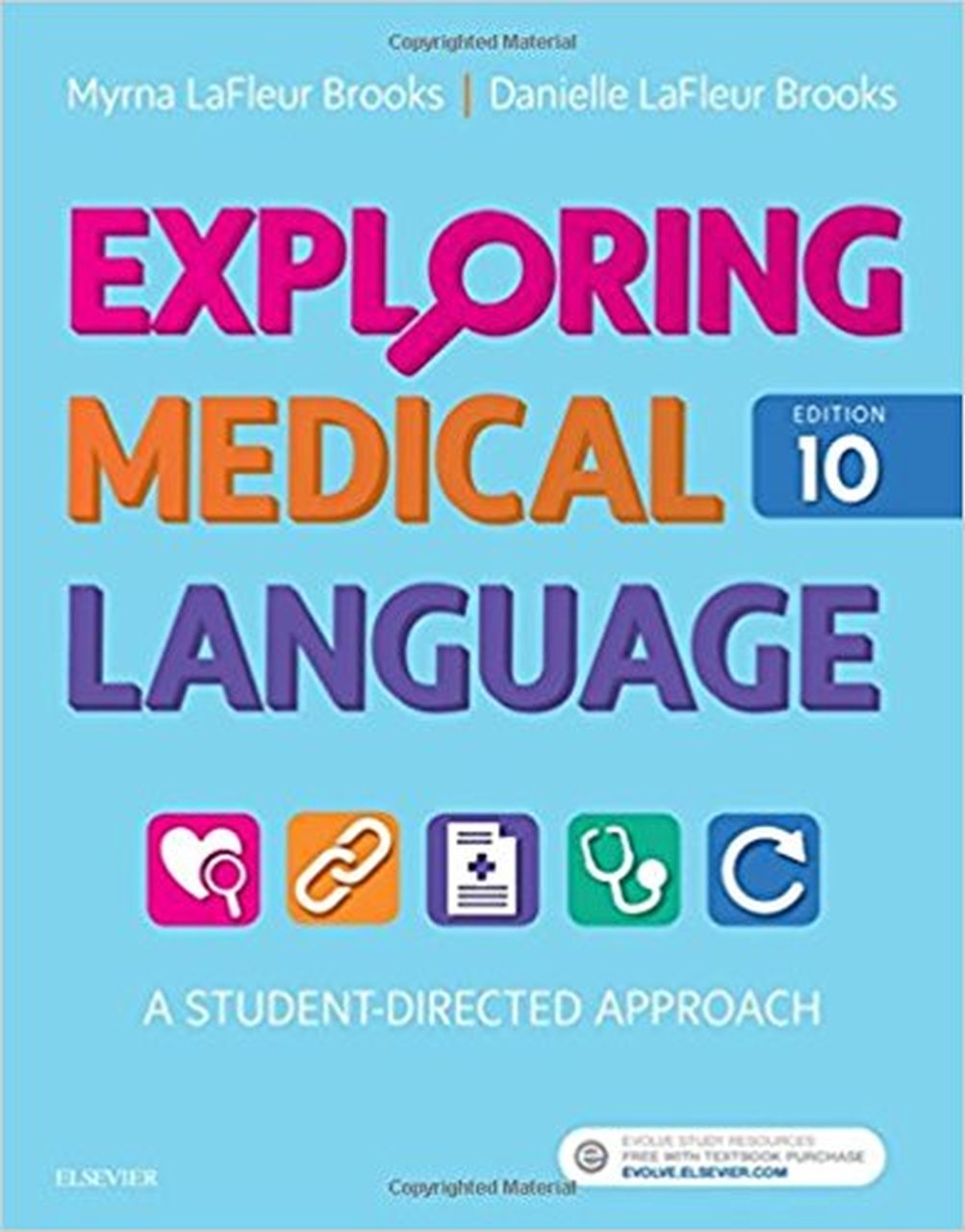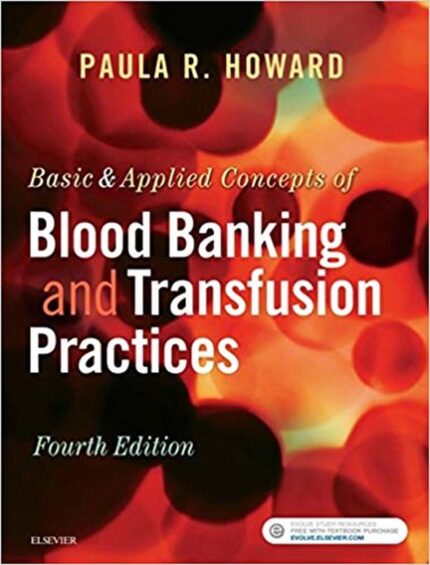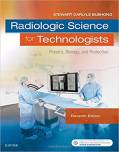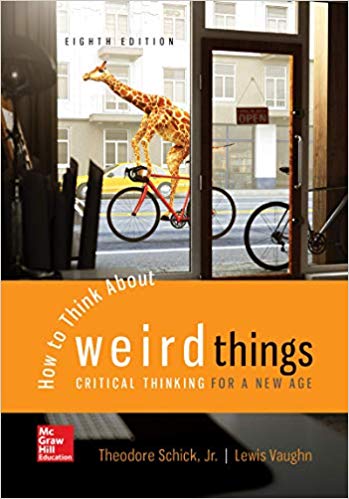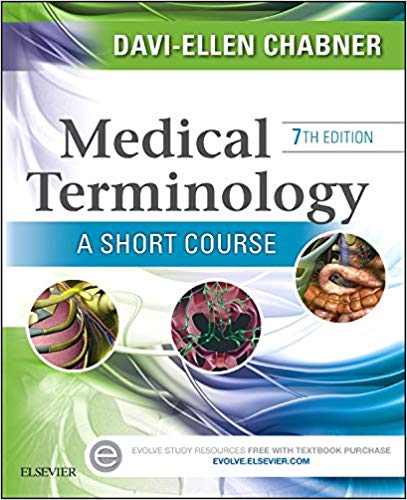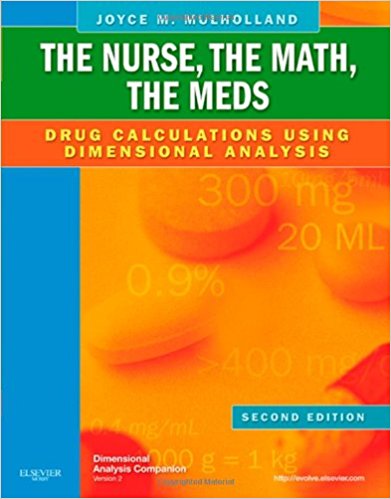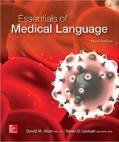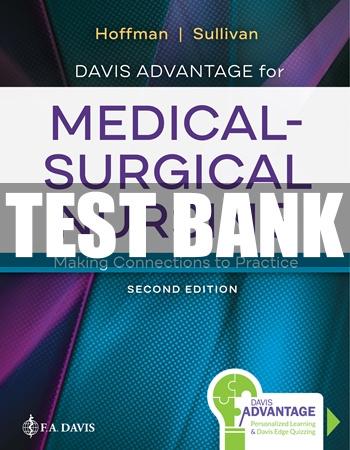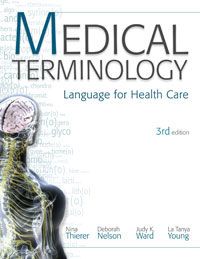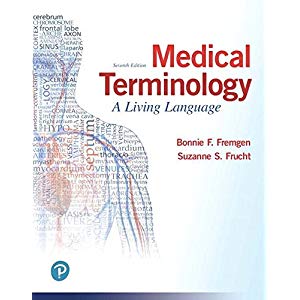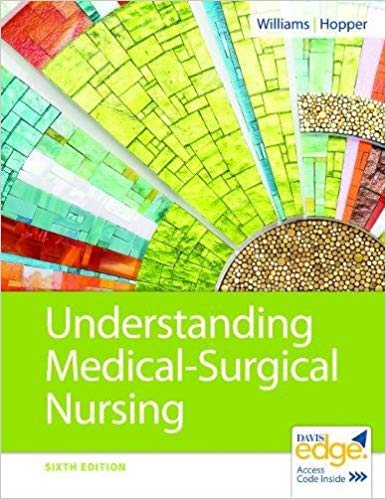Test Bank for Exploring Medical Language 10th Edition by Brooks
MULTIPLE CHOICE
1. Medical language includes terms built from which of the following languages?
| a. | German and Russian |
| b. | Italian and French |
| c. | Greek and Latin |
| d. | Chinese and Japanese |
ANS: C REF: 3 OBJ: 2
TOP: Origins of Medical Language
2. A medical term formed from the first letters of the words in a phrase, which can be spoken as a whole word and usually contains a vowel, such as laser, is
| a. | an eponym. |
| b. | modern language. |
| c. | built from the English language. |
| d. | an acronym. |
ANS: D REF: 4 OBJ: 2
TOP: Origins of Medical Language
3. A term named for a person or a place, such as Alzheimer disease named for the physician who first described the symptoms as seen in a patient, is
| a. | an acronym. |
| b. | built from the English language. |
| c. | an eponym. |
| d. | modern language. |
ANS: C REF: 4 OBJ: 2
TOP: Origins of Medical Language
4. The word part that contains the fundamental meaning of the word is the
| a. | prefix. |
| b. | word root. |
| c. | suffix. |
| d. | combining vowel. |
ANS: B REF: 6 OBJ: 4 TOP: Word Parts
5. The word part that is attached to the beginning of a word root to modify its meaning is the
| a. | word root. |
| b. | suffix. |
| c. | prefix. |
| d. | combining vowel. |
ANS: C REF: 7 OBJ: 4 TOP: Word Parts
6. The word part that is attached to the end of a word root to modify its meaning is the
| a. | combining vowel. |
| b. | suffix. |
| c. | word root. |
| d. | prefix. |
ANS: B REF: 7 OBJ: 4 TOP: Word Parts
7. All medical terms have at least one
| a. | prefix. |
| b. | combining vowel. |
| c. | suffix. |
| d. | word root. |
ANS: D REF: 6 OBJ: 4 TOP: Word Parts
8. A combining form is made up of a
| a. | word root and a combining vowel. |
| b. | prefix and a combining vowel. |
| c. | combining vowel and a suffix. |
| d. | prefix and a word root. |
ANS: A REF: 9 OBJ: 4 TOP: Word Parts
9. A combining vowel is used to
| a. | ease word pronunciation. |
| b. | modify the meaning of a word. |
| c. | make analyzing a word easier. |
| d. | make defining a word easier. |
ANS: A REF: 8 OBJ: 4 TOP: Word Parts
10. The most common combining vowel is
| a. | a. |
| b. | i. |
| c. | e. |
| d. | o. |
ANS: D REF: 8 OBJ: 4 TOP: Word Parts
11. In the term arthr/itis, itis is the
| a. | word root. |
| b. | prefix. |
| c. | combining vowel. |
| d. | suffix. |
ANS: D REF: 7 OBJ: 4 TOP: Word Parts
12. In the term sub/hepat/ic, which part is the prefix?
| a. | ic |
| b. | sub |
| c. | hepat |
| d. | hepat/o |
ANS: B REF: 7 OBJ: 4 TOP: Word Parts
13. In the term oste/o/arthr/o/pathy, which part is the suffix?
| a. | the second o |
| b. | oste |
| c. | arthr |
| d. | pathy |
ANS: D REF: 8 OBJ: 4 TOP: Word Parts
14. The o in arthr/o/pathy is the
| a. | combining vowel. |
| b. | prefix. |
| c. | word root. |
| d. | suffix. |
ANS: A REF: 8 OBJ: 4 TOP: Word Parts
15. When defining a medical term, one usually begins the definition with the
| a. | word root. |
| b. | prefix. |
| c. | suffix. |
| d. | combining vowel. |
ANS: C REF: 11 OBJ: 5
TOP: Analyze and Define Medical Terms
MATCHING
Match each item with the correct description below.
| a. | Terms built from word parts |
| b. | Terms not built from word parts |
| c. | Acronym |
| d. | Modern language |
| e. | Eponym |
| f. | Greek and Latin |

